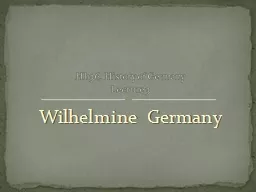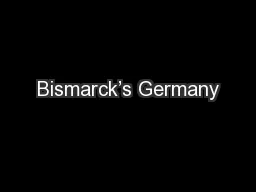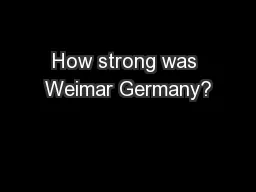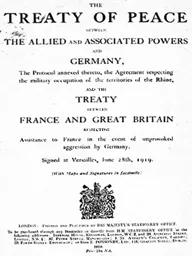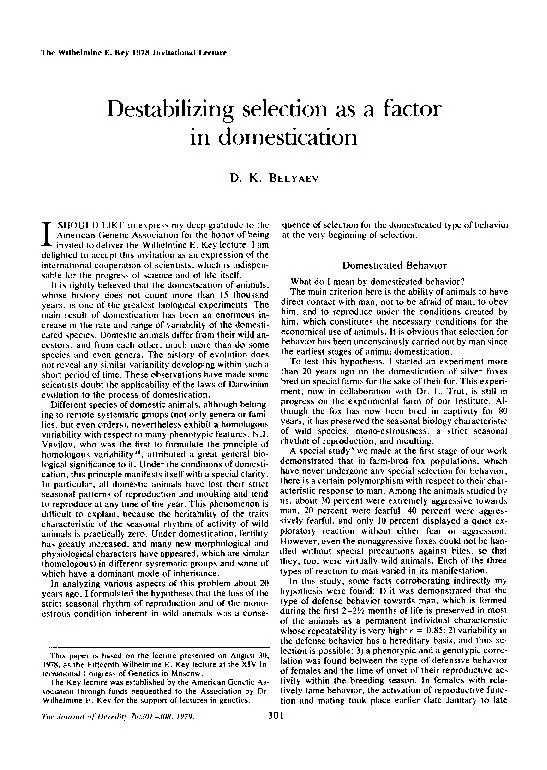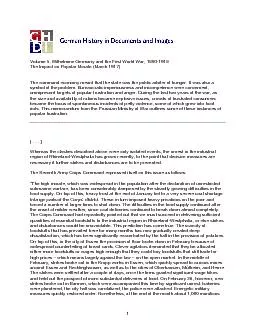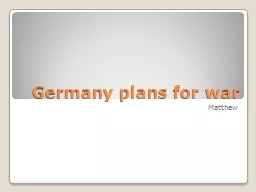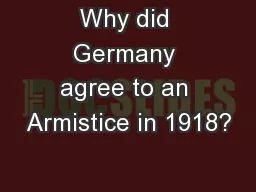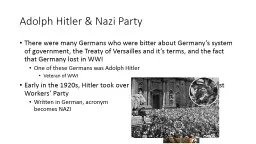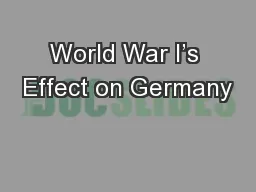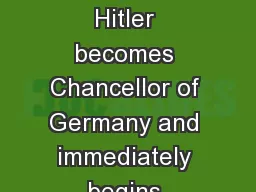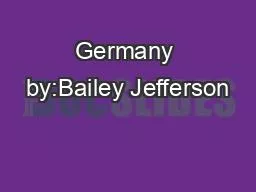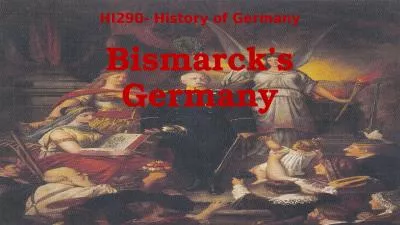PPT-Wilhelmine Germany
Author : alexa-scheidler | Published Date : 2019-12-03
Wilhelmine Germany HI136 History of Germany Lecture 3 The Captain of Köpenick On 16 October 1906 an unemployed shoemaker named Wilhelm Voigt dressed as a captain
Presentation Embed Code
Download Presentation
Download Presentation The PPT/PDF document "Wilhelmine Germany" is the property of its rightful owner. Permission is granted to download and print the materials on this website for personal, non-commercial use only, and to display it on your personal computer provided you do not modify the materials and that you retain all copyright notices contained in the materials. By downloading content from our website, you accept the terms of this agreement.
Wilhelmine Germany: Transcript
Download Rules Of Document
"Wilhelmine Germany"The content belongs to its owner. You may download and print it for personal use, without modification, and keep all copyright notices. By downloading, you agree to these terms.
Related Documents

